Lately, our developers have been working their fingers off to bring you new features every month and they haven’t strayed from that path. This time, it’s a clever little gem for the mobile versions of Billdu – a barcode scanner. Users with a large inventory are struggling when trying to add the correct items to their invoices. Well, our developers have made it a whole lot easier for everyone. Read on, for insights regarding Billdu’s new barcode scanner function.
So, up until now, the “flow” of adding new items to you inventory in Billdu and consequently placing them on your invoices looked as follows: you entered all information about the given item and saved it. Then you could add it to an invoice by selecting it from a list of ALL your products within the invoice creation screen. In some cases, not a problem, but what if your inventory goes into the hundreds or even thousands? That many different products can be a pain to scroll through or even search by name. So how to solve this?
While saving a new product, you can now tap the barcode scanner icon, which lets you scan the barcode of your product. This information is then saved with everything else about your product and can be used later on. But first, you’ve got to set it up. Pretty easy actually, you just go into the settings of your Billdu mobile app, find the ON/OFF toggle for the barcode scanner under “Document settings” and turn it on.
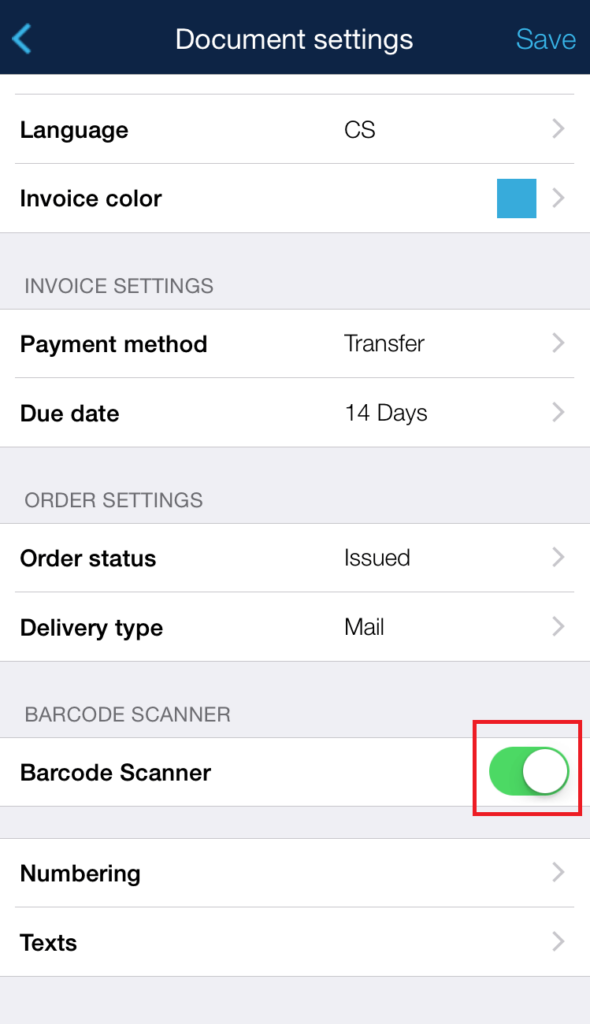
The barcode scanner is now ready to use and will appear in the instances: when adding and editing a product to your inventory, and when adding a product to your invoice. Let’s do a step-by-step of the former:
1. Open your Billdu app and tap on the Products section in the main menu.
2. Enter the product’s name, quantity and unit price, then tap the barcode icon on the right. You’ll be taken to a screen that looks like your camera app, with the absence of any buttons or the camera’s trigger. The scanner scans any barcode within the field of view of your phone’s camera(it doesn’t even have to be horizontally/vertically aligned with your phone) and captures it automatically when you point the camera towards it.
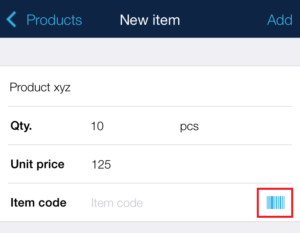
3. The item’s code is now filled in the proper field and can be saved.
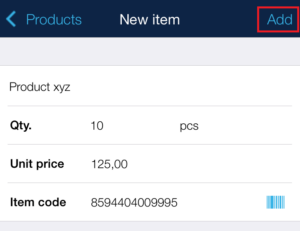
Simple right? You can literally feel the satisfaction as you hear the small “beep” sound as the barcode is scanned. Now, on to the second instance of the barcode scanner’s usage – adding saved items to a new invoice. Again, let’s do step-by-step:
1. Go to the Documents section and choose to create a new invoice, like you would normally. Select a client and add details(dates, currency, payment method, discount etc.)
2. Now tap the items row to begin adding your products to the invoice. You will notice a new field called “Item code” along with the same barcode icon you’ve already seen when saving new products to your inventory. You can either tap the barcode icon directly or enter the product list, where you can also tap a barcode icon. In both cases, you will be able to scan the barcode of any product you’ve got at hand. Should it be a previously saved product from your inventory, all additional product data will be filled for you otherwise, you’ll have to fill out the missing fields before adding the product to your new invoice. Warning! If you add a completely new item to our new invoice in this way, the item itself will not be saved to your inventory(the items use is “one-time-only”, for the current invoice you’re creating.
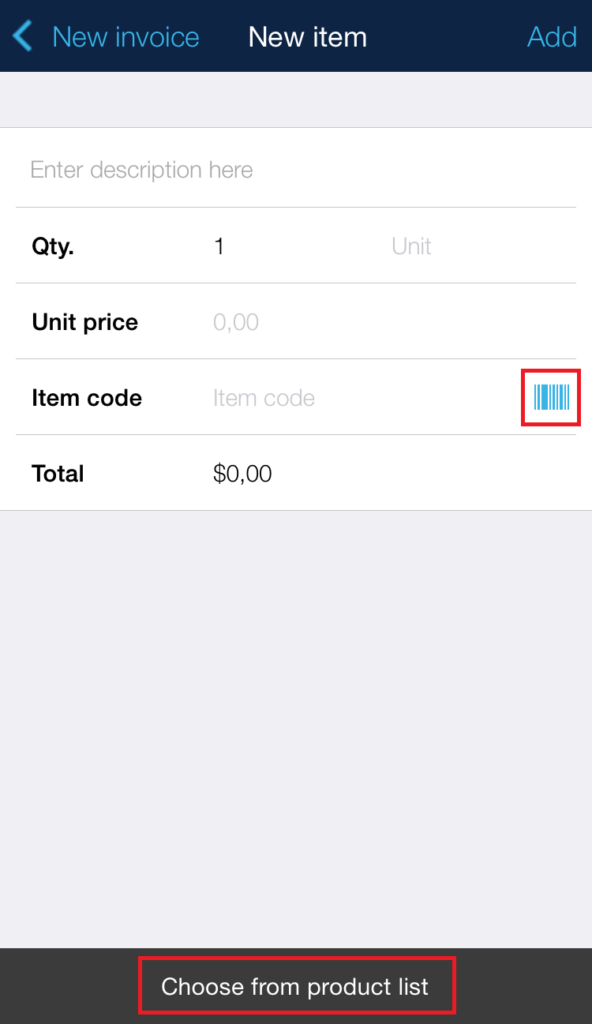
3. With an item selected, just tap “Add” and you’ll good to go.
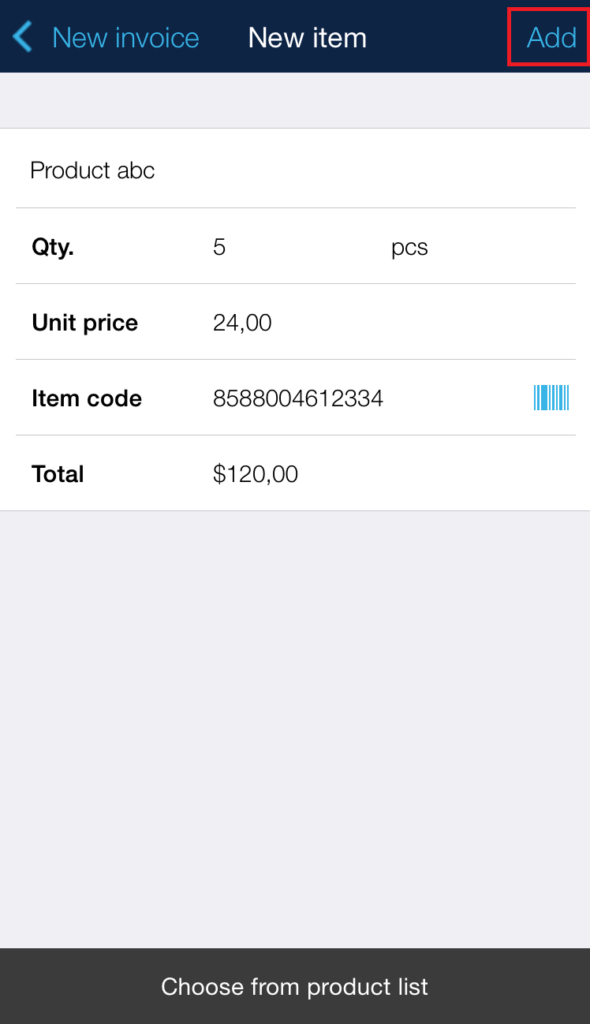
The barcode scanner is available for the iOS versions of Billdu and can be used without any additional charges.
So what do you think of our handy new feature? Tell us in the comments below and should you have any ideas or remarks concerning the improvement of Billdu, do not hesitate to share them with us. Also, you might want to read this article revealing the 10 most important parts of any invoice.